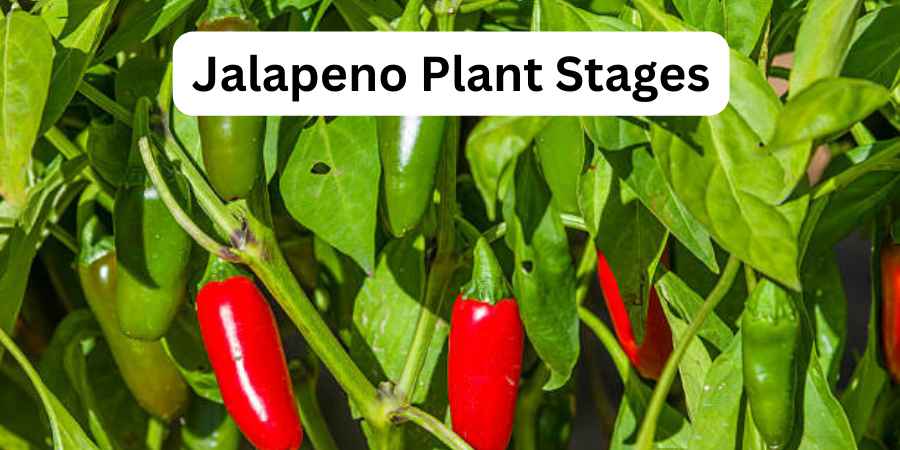Last Updated on June 19, 2025 by Jocelyn
Jalapeños grow in clear and manageable stages. They begin as seeds, then sprout into small seedlings. Next, they grow leaves, develop strong stems, form flowers, and finally produce peppers. Each stage benefits from specific care.
By understanding this process, you can adjust watering and feeding at the right time. For example, when flowers appear, it is helpful to maintain steady moisture to support fruit development.
Growing jalapeños at home adds fresh heat to your cooking. You can use them raw in salsas, roasted in sauces, or pickled for longer storage.
Unlike store-bought peppers, homegrown ones let you harvest at the flavor level you prefer. Pick them green for a lighter spice or wait until they turn red for a richer taste.
This guide explains each stage and offers practical tips for beginners. With a bit of attention, you can enjoy fresh peppers from your own garden throughout the season.
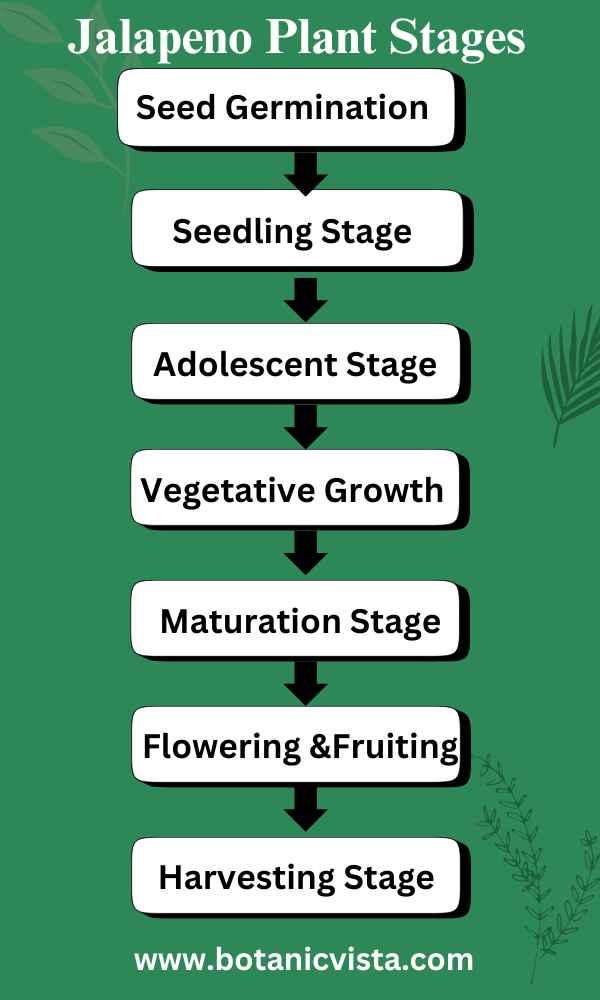
Table of Contents
Toggle8 Jalapeno Plant Stages – From Seed to Spice
Growing jalapenos is a journey through different key stages, each with its own needs. From the first tiny sprout to the last ripe pepper, knowing what each phase demands can make all the difference. Let’s discuss in detail:
1. Seed Germination Stage (7 to 21 days)
Starting jalapenos from seeds requires careful attention to temperature and moisture. The ideal temperature for seed germination is between 65-80 degrees Fahrenheit. It’s important to keep the soil moist but not waterlogged to avoid seed rot.
Germination generally takes between 7 to 21 days, depending on environmental conditions. During this time, minimal interference is key, as too much handling or adjusting can hinder the sprouting process.
Once sprouts appear, they need careful management, ensuring they receive enough light and are shielded from extreme temperatures. Managing these early stages well supports the robust growth of jalapeno plants.
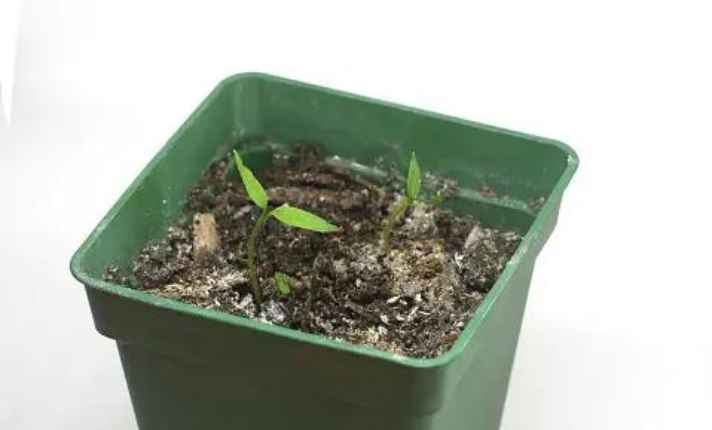
2. Seedling Stage (0-3 weeks)
When jalapeno seeds begin to sprout, they need a lot of care to grow well. Sprouting happens when seeds are put in wet soil and kept warm.
It’s important to water these young plants just right; too much water can hurt them, and not enough can stop them from growing.
Light is very important at this stage. The young plants need many hours of light every day to build strong stems and leaves.
A little bit of fertilizer that has a lot of nitrogen helps them grow, but only use a little to keep from harming the young plants. If growing jalapenos inside, make sure they get enough air and light like they would outside.
After a few weeks, these small plants will start to show their first true leaves, showing they are ready to keep growing above the soil.
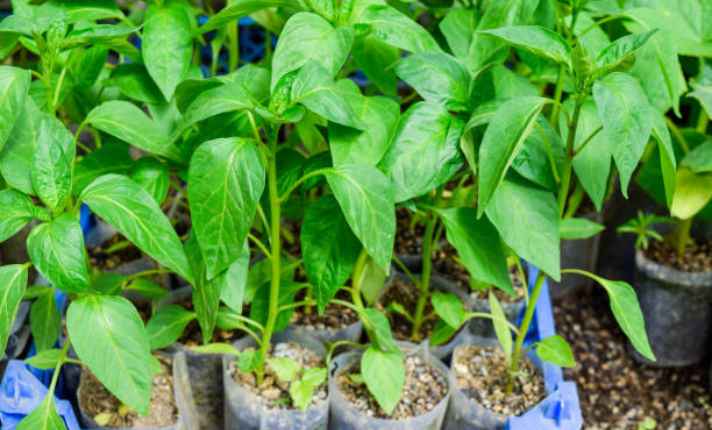
3. Adolescent Stage (3-4 weeks)
When jalapeno plants are a few weeks old, they enter the adolescent stage. At this point, they are moved from seed cell trays to larger pots with nutrient-rich soil. This helps them grow taller and develop true leaves, showing their true form.
Keeping the soil moist and providing about 16 hours per day of light from Indoor grow lights is crucial. This light helps them absorb energy effectively.
During this stage, they need stronger feeding with high-nitrogen fertilizer to boost growth. Water-based fertilizers are used but should not be overdone.
As the plants grow and their true leaves develop, they might need an even bigger pot, like an inch pot, with a standard potting mix. This stage is key for building a strong base for more growth and fruit production.
4. Vegetative Growth Stage (4-8 weeks)
During the Vegetative Growth Stage, jalapeno plants develop their main stem and start branching out. Leaves grow to catch the sunlight, which helps the plant prepare for making peppers later.
Using natural soil nutrients and giving consistent care makes the plant healthier. Too many added nutrients can stop the root system from growing well.
It’s important to keep the soil well-drained but still moist to help the plant. This stage can last several weeks, helping the plant get strong enough to support spicy peppers.
5. Maturation Stage (2-4 months)
When the jalapeno plant reaches the maturation stage, it needs special care. Make sure it gets full sun by placing it in a sunny outdoor area or garden. Transplant your jalapeno into a pot or container with good drainage.
This prevents the soil from getting soggy. Use a high-nitrogen fertilizer at full strength to boost growth.
Watering is crucial. Keep the soil moist but not too wet to avoid damaging the leaves. Always water at the base of the plant. Protect it from frost by waiting until the danger of frost is off before moving the plant outside.
During this stage, the peppers will start turning deep green and increase in size. This indicates they are getting mature. In a few months, they will reach their final size.
To help the plant adjust to outdoor conditions, harden it by gradually exposing it to the outdoor environment.
6. Flowering Stage (4 -5 months)
In the flowering stage, jalapeno plants start to produce flowers. This happens after weeks of growth. It’s important to give them plenty of sunlight and water them evenly.
During this stage, using the right fertilizer like Fox Farm or Neptune’s Harvest is key.
These fertilizers have reduced nitrogen, which encourages more flowers. Too much nitrogen can lead to more leaves but fewer flowers. Make sure the soil has good drainage to avoid overwatering.
A jalapeno plant needs strong roots and nutrients to produce flowers. Growing them outdoors in warm weather helps too. When flowering, the plants are getting ready for maturation and will eventually produce full jalapenos.
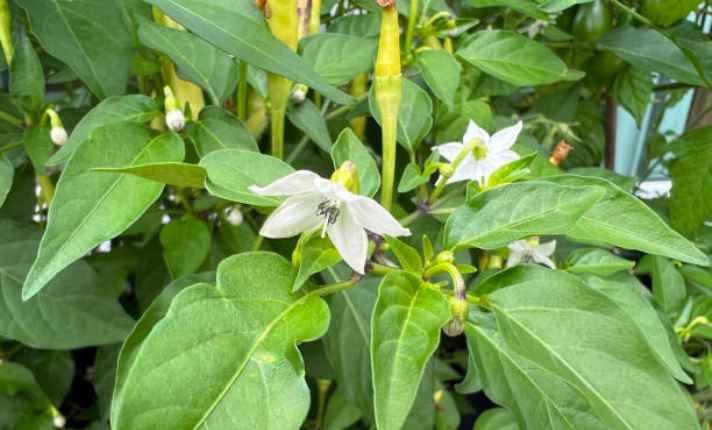
7. Fruiting Stage
Watching jalapeno plants grow is amazing. The fruiting stage is very exciting. This is when the peppers start to appear.
It’s important to keep an eye on the plants during this time. Make sure to water them regularly but not too much. Good drainage helps the soil stay just right.
The peppers will start small and green. As they grow, they might change color. Some will turn red if left long enough. This can take about four months.
During the fruiting stage, it’s also important to protect the plants from pests. Using natural sprays can keep the bugs away, resulting in a bunch of delicious peppers for various dishes.
Ensuring they get enough light is crucial. Moving plants to a sunnier spot makes a big difference in their growth.
So, remember to take good care of jalapeno plants, especially during the fruiting stage, for the best results!
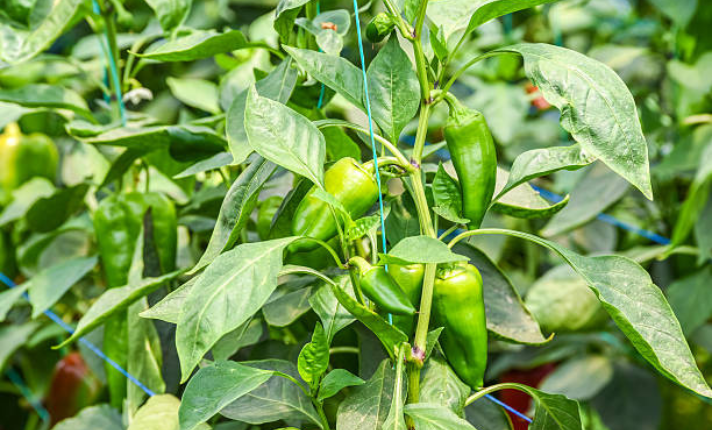
8. Harvesting Stage
When it’s time to harvest jalapenos, look for a solid dark green color or red if you prefer a spicier taste. Use sharp shears to carefully cut the jalapeno from the plant to avoid damaging it.
Gathering jalapenos at different times can give you a mix of spicier and milder peppers, depending on your preference.
Harvesting at the right time ensures your jalapenos have reached full maturity and the best flavor.
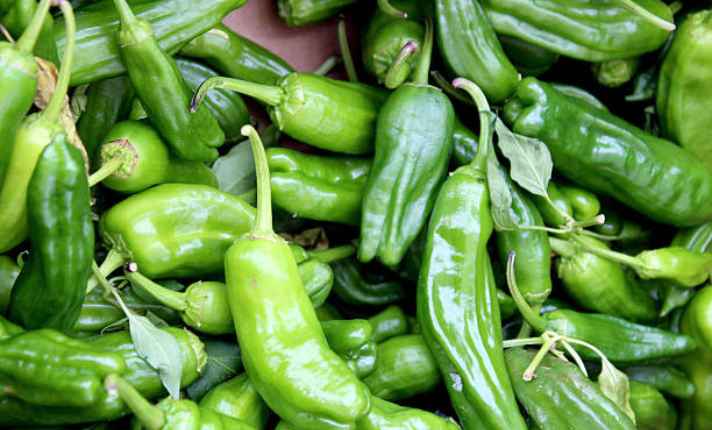
Top Tips for Growing Jalapenos
To grow healthy jalapenos, it’s important to provide the right environment. Follow these guidelines to ensure your jalapenos grow strong and produce tasty peppers. Check out the table below for key tips!
| Tip | Description |
| Soil Preparation | Mix compost, peat moss, and perlite for well-drained soil and good air pockets. |
| Sunlight | Provide plenty of sunlight but protect from harsh afternoon sun. |
| Temperature Control | Maintain temperatures between 70-85 degrees during the day and above 60 degrees at night. |
| Watering | Keep soil moist but avoid over-watering to prevent problems. |
| Fertilization | Use balanced fertilizers with nitrogen, phosphorus, and potassium; avoid over-fertilizing. |
| pH Level | Ensure soil pH is between 6.0 and 6.8. |
| Planting Depth | Plant seeds about 1/4 inch deep. |
| Organic Matter | Improve soil quality by adding organic matter like vermiculate. |
| Temperature Protection | Protect plants from cold spells. |
Jalapeno Plant Common Issues & Solutions
Jalapeno plants can face many common problems while growing. Here’s a helpful table to quickly identify issues, their causes, and solutions to keep your plants healthy and productive.
| Problem | Cause | Solution |
| Yellowing leaves | Overwatering, underwatering, nutrient deficiency | Adjust watering routine, use balanced fertilizer |
| Weak, leggy plants | Not enough sunlight | Ensure 6-8 hours of sunlight |
| Holes in fruits | Pests (aphids, cutworms, pepper maggots) | Use neem oil, insecticidal soaps, ladybugs |
| Diseases | Fungal infections (fusarium wilt, anthracnose) | Remove affected plants, use resistant varieties |
| Blossom drop | Inconsistent watering, high temperatures, lack of pollination | Maintain soil moisture, provide shade, encourage pollinators |
| Greenish caterpillars | Pepper hornworms | Manual worm removal |
| Mites | Practically invisible pests | Remove affected plants |
FAQ’s
Q: How Long Does It Take for a Jalapeno to Grow?
A: Growing jalapenos takes about 80 days from planting to the first fruits. Subsequent batches typically appear 30 to 45 days after the first harvest, provided optimal growing conditions.
Q: Do Jalapeno Plants Come Back Every Year?
A: In cold areas, jalapeno plants are treated as annuals, so they usually do not come back every year.
Q: How Many Years Do Jalapeno Plants Live?
A: Jalapeno plants can live up to 10 years if given the right care, but they usually stop producing peppers after 2-3 years.
Q: Can Jalapeno Plants Get Too Much Sun?
A: Jalapenos can get too much sunlight, causing wilting and scald. Watch for signs like browning leaves, especially in South-facing or Northern Hemisphere windows. Partial shade during peak hours is needed for healthy growth.
Q: Do Jalapenos Grow Better in Pots or in the Ground?
A: Jalapenos can grow well in both pots and the ground. Using a container on a balcony or patio saves space and keeps the plants close.
Conclusion
Jalapeno plants go through different stages before giving you spicy peppers. Keep an eye on their growth and handle any problems early. Water them regularly, provide enough sunlight, and use organic fertilizer when needed.
With time and care, your efforts will pay off with a fresh batch of homegrown jalapenos. Start checking your plants today and take action to keep them healthy.
Read more:
